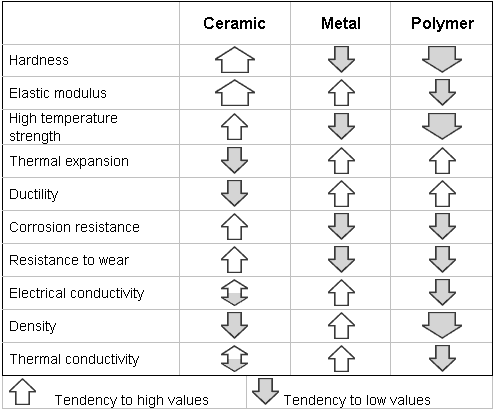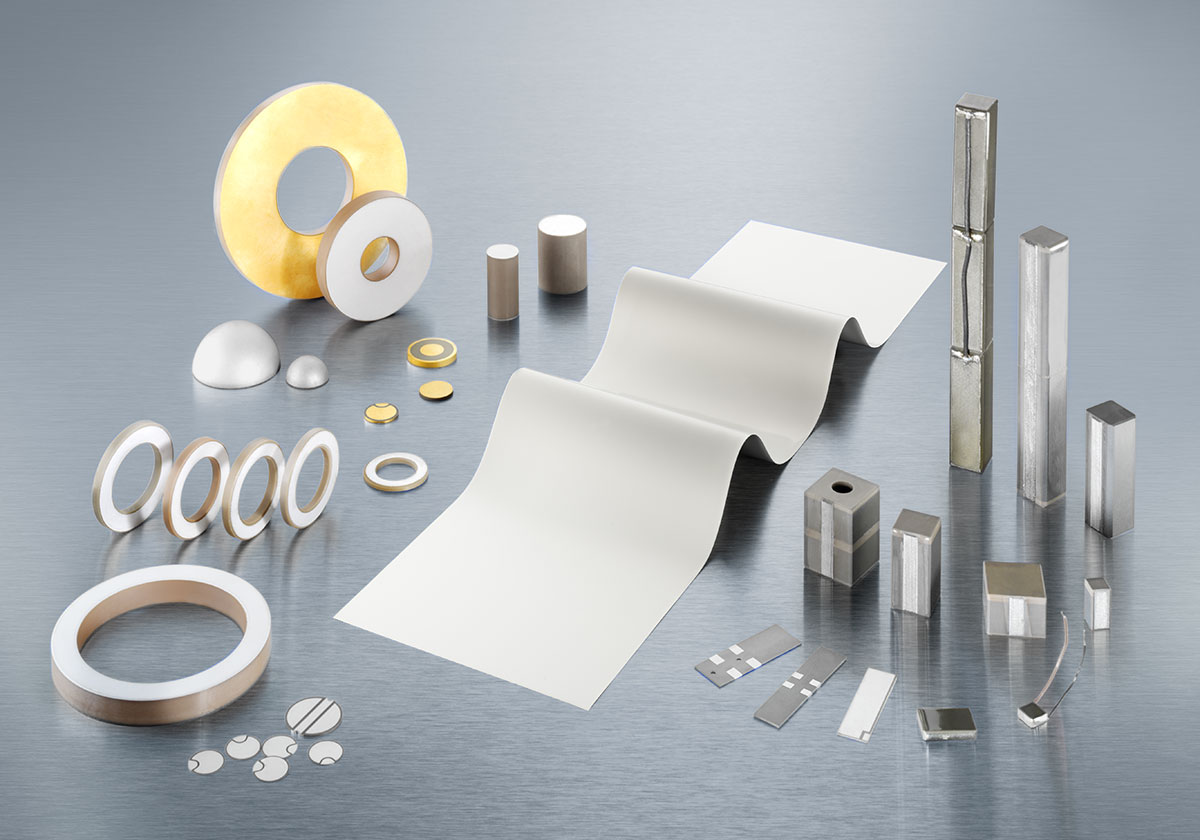Composition Of Technical Ceramics

9051 red branch road suite c columbia md 21045 ph.
Composition of technical ceramics. A ceramic is an inorganic nonmetallic solid generally based on an oxide nitride boride or carbide that is fired at a high temperature. Anderson materials evaluation inc. The four main types of ceramics are whitewares structural ceramics technical ceramics and refractories 3 apr 2019. With technical ceramics these properties can be specifically modified and enhanced for specific cases.
Ceramic composition and properties atomic and molecular nature of ceramic materials and their resulting characteristics and performance in industrial applications. Industrial ceramics are commonly understood to be all industrially used materials that are inorganic nonmetallic solids. It is this purity that allows technical ceramics to exhibit superior. Usually they are metal oxides that is compounds of metallic elements and oxygen but many ceramics.
Ordinarily ceramics are poor conductors of electricity and therefore make excellent insulators. Silicate ceramics are the oldest type of ceramic materials for technical applications and are made primarily from natural raw materials in conjunction with alumina aluminum oxide. A ceramic material is an inorganic non metallic often crystalline oxide nitride or carbide material. Technical ceramics from ceramtec can be divided into four major groups of ceramic materials.
Technical ceramics technical ceramics also called high performance ceramics are a material that in contrast to decorative ceramics has been optimized for technical and industrial applications. Ceramic composition and properties ceramic composition and properties nonconductivity. Silicate ceramics oxide ceramics non oxide ceramics and piezo ceramics. Nonconductivity arises from the lack of free electrons such as those found in metals.
They withstand chemical erosion that occurs in other materials subjected to acidic or caustic environments. Some elements such as carbon or silicon may be considered ceramics ceramic materials are brittle hard strong in compression and weak in shearing and tension. In ionically bonded ceramics bonding electrons are accepted by the electronegative elements such as oxygen and. 410 740 8562 fax.
It is characterized by specific properties mainly with regards to heat resistance mechanical stability and dimensional stability. Technical ceramics represent a class of materials known for their engineered properties such as fracture toughness strength purity hardness density thermal and electrical conductivity thermal expansion and electrical properties such as dielectric strength. What are ceramics and composites. By choosing and adjusting the suitable material composition the material can be perfectly adapted to the ambient conditions.














































